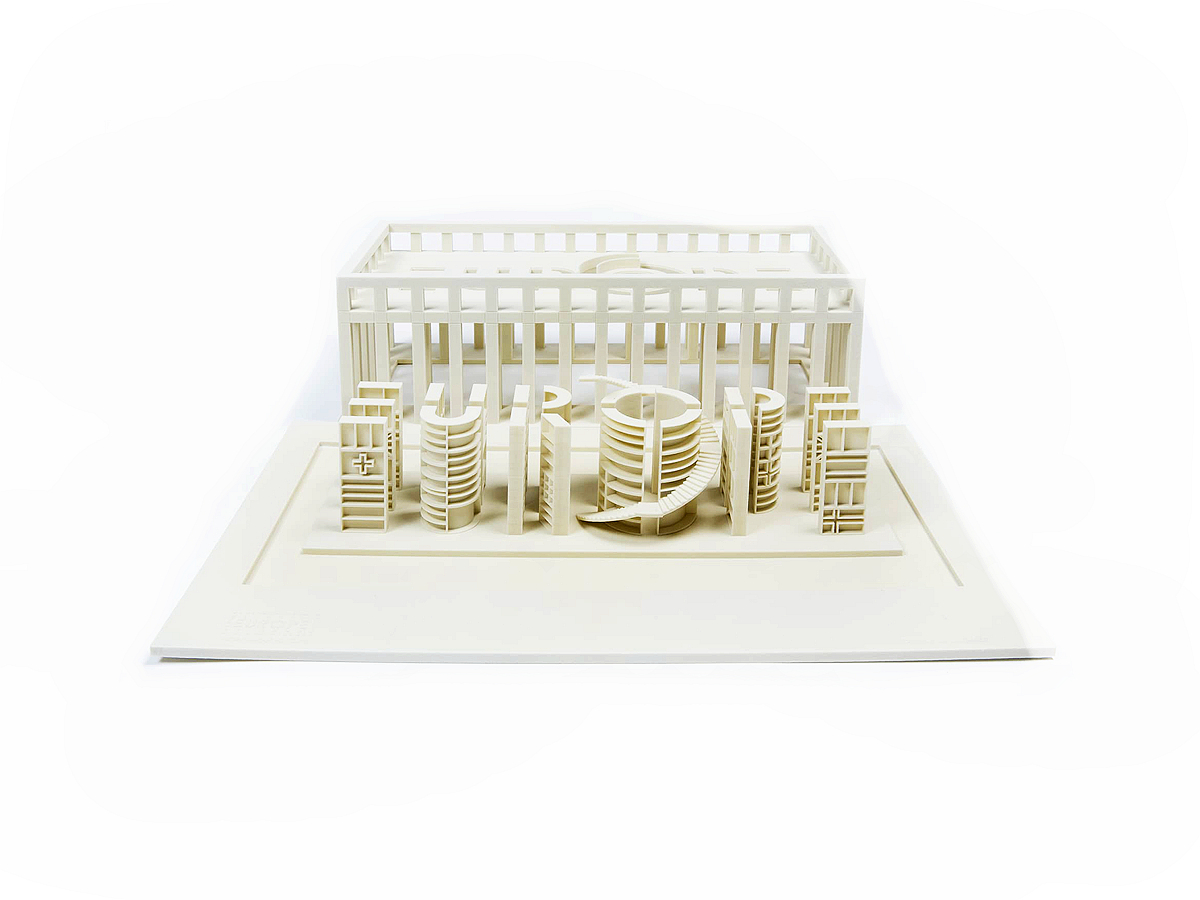Bringing Blueprints To Life With Plastic 3D Printing Creating Scaled Architectural Models
Introduction
Plastic 3D printing is revolutionizing architectural design by enabling the fast, precise creation of detailed scaled models directly from digital blueprints. Using advanced plastic 3D printing technologies such as Stereolithography (SLA), Multi Jet Fusion (MJF), and Fused Deposition Modeling (FDM), durable plastic materials like PLA, ABS, and Nylon (PA) produce highly accurate, intricate architectural models used for presentations, client approvals, and project visualization.
Compared to traditional model-making, plastic 3D printing for architectural models dramatically reduces production time, enhances model complexity, and allows seamless updates based on design revisions.
Applicable Material Matrix
Material | Dimensional Accuracy | Surface Finish Quality | Strength | Feature Resolution | Architectural Model Suitability |
|---|---|---|---|---|---|
±0.1 mm | Good | Moderate | Fine | Concept models, massing studies | |
±0.1 mm | Good | High | Fine | Functional presentation models | |
±0.1 mm | Very Good | High | Very Fine | Durable intricate models | |
±0.1 mm | Excellent | Good | Fine | Transparent model components | |
±0.05 mm | Excellent | Moderate | Ultra-Fine | Ultra-detailed façade and interior models |
Material Selection Guide
PLA: Ideal for quick concept models and large massing studies due to its ease of printing and cost-effectiveness.
ABS: Durable and impact-resistant, ABS is perfect for detailed, presentation-grade models and interactive architectural prototypes.
Nylon (PA): Offers excellent toughness and high resolution, making it suitable for intricate architectural features like façade detailing, staircases, and model furniture.
PETG: Used when transparent or semi-transparent elements such as windows, skylights, and glass facades are needed.
High-Detail Resin (SLA): Provides ultra-fine detail and smooth surfaces, ideal for producing high-precision façade elements, ornamental features, and interior layouts.
Process Performance Matrix
Attribute | Plastic 3D Printing Performance |
|---|---|
Dimensional Accuracy | ±0.05–0.1 mm |
Layer Thickness | 50–150 μm |
Surface Roughness (As-Printed) | Ra 5–15 μm |
Minimum Feature Size | 0.3–0.5 mm |
Process Selection Guide
Complex Geometries and Fine Detailing: 3D printing allows the production of intricate models featuring complex façades, organic building shapes, and realistic site contexts.
Scalable Size and Modularity: For easy transportation and assembly, large site models and multi-building developments can be printed in modules.
Material and Finish Versatility: Post-processing, such as painting, sanding, and assembly, enhances the realism and presentation quality of printed architectural models.
Rapid Iteration: Architects can quickly revise and reprint updated models based on project evolution without the delays associated with manual model-making.
Case In-Depth Analysis: SLA 3D Printed Urban Development Model
An architectural firm required a high-detail urban model to present a mixed-use development to investors. Using our plastic 3D printing service with high-detail SLA resin, we produced a modular model featuring intricate building façades, landscaping elements, and transparent PETG window inserts. With layer thicknesses of 50 μm and tolerances within ±0.05 mm, the final model enhanced project visualization, improved client engagement, and accelerated project approval by 30%. Post-processing included hand-painting, base assembly, and fine sanding for a professional presentation finish.
Industry Applications
Architecture and Urban Planning
Concept and massing models.
Final presentation models for investor and client meetings.
Masterplan site models and modular urban studies.
Construction and Real Estate Marketing
Sales gallery models for residential and commercial projects.
Interactive display models for exhibitions and shows.
Heritage Restoration and Education
Accurate scaled replicas of historical sites.
Educational architectural study models.
Mainstream 3D Printing Technology Types for Architectural Models
Stereolithography (SLA): Best for ultra-fine detailed architectural elements and realistic façade reproduction.
Multi Jet Fusion (MJF): Ideal for strong, colorable, and highly detailed building models.
Fused Deposition Modeling (FDM): Suitable for fast, cost-effective concept models and large-scale site mockups.
FAQs
What plastic materials are best for 3D printed architectural models?
How does plastic 3D printing accelerate the creation of scaled building models?
What finishing techniques enhance 3D printed architectural model quality?
Can 3D printed models capture fine details like façade ornamentation and landscaping?
How does 3D printing help architects revise and update models quickly?

